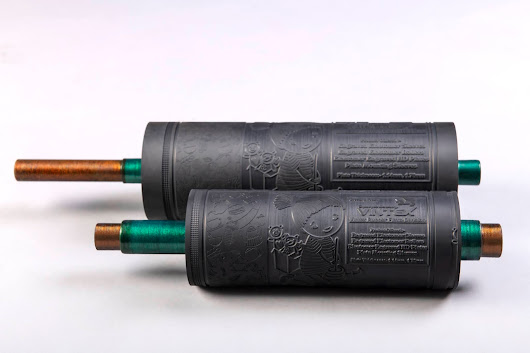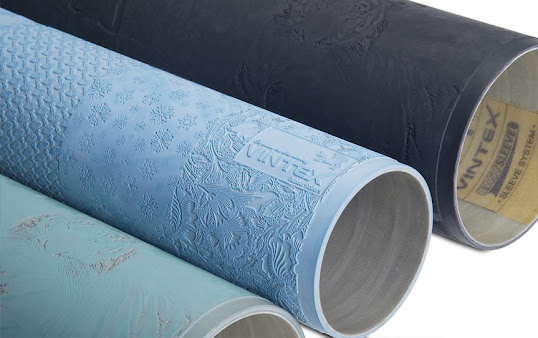WHY CHOOSE LASER ENGRAVING ?
Things to know about Laser engraving technique
Laser engraving is a modern and affordable method of decorating and personalizing items. Sentences, graphics, company information, or other content are usually applied to various surfaces, depending on the customer's wishes.
How does the engraving machine work and look like? Visually, it looks like a standard printer and so is recognized by all computer programs. Importantly, as in the case of a printer, the engraved pattern's quality depends on the laser resolution. The more accurately we want to render a given image (taking into account even the smallest details), the higher the resolution should be set (usually between 500 and 1000 dpi). Thus nowadays, Direct Laser engraving technology is in trend.
How does the laser itself perform?
Its beam burns the processed material in a non-contact way - not only the place where the beam falls but also space next to it (heat can spread). The softer the material is, the faster it can be marked.
Laser engraving like printing
There is a reason why laser engraving is compared to printing. We are used to the fact that you can print text documents or photos saved on the computer with a single mouse button. The situation is similar to laser engraving, although it consists of laser engraved rollers. Of course, the process requires the right equipment, but otherwise, it is very simple.
1. First, you need to create an appropriate project in one of the graphics programs.
2. Then it is necessary to use the appropriate driver to send the graphics to the laser.
3. After confirming the settings, the engraving or cutting process begins, depending on the needs.
4. The laser beam so strongly heats the material on which the engraving is to be placed that the material evaporates and burns or changes color and creates contrast.
The effect obtained in this way is durable and resistant to abrasion.
Which items can be laser engraved?
Many people are curious about what items (and from what materials) can be laser engraved? Laser devices are very versatile in use and allow for marking, among others:
1. wooden products (e.g., toys, photo frames, handicrafts, architectural models),
2. metal products (e.g., keyrings, commemorative medals, plates),
3. glass products (e.g., vases, bottles, wine and champagne glasses, beer mugs),
4. plastic products (e.g., packaging, pens, keyboards, leaflet stands),
5. leather goods (e.g., belts, wallets, handbags, shoes, suitcases),
6. engraved roller for paper cup printing (e.g., invitations, flyers, brochures, business cards, book covers),
7. material products (e.g., pillowcases, bags, napkins, table runners, tablecloths of various types of fabrics
Advantages of laser engraving
Why is it worth using laser engraving? It is a universal method of marking with many advantages - which ones?
1. The direct laser engraving technology makes the engraving very durable, resistant to abrasion,
2. it allows you to mark almost any object - with great precision, also ensuring high aesthetics.
3. This method is very fast - marking takes just a few seconds, so we save a lot of time.
4. It is an ideal solution for private individuals who want to personalize a gift and companies of various profiles (advertising, training, insurance, and commercial).
Conclusion
We hope that our article will encourage you to take advantage of laser engraving services. As you can see, it is a modern, fast, exact method of marking objects made of various materials. The versatility of use and the vast possibilities of engraving offered by the laser make it possible to implement even the most daring and fancy projects of customers who want to create unique objects of the highest quality.
For further queries, please free to connect with us on info@vintexrollers.com or https://www.laserengravedsleeves.com/contact-us/
Mayank Chhabra
Director
Vintex Rubber Industries


Comments
Post a Comment